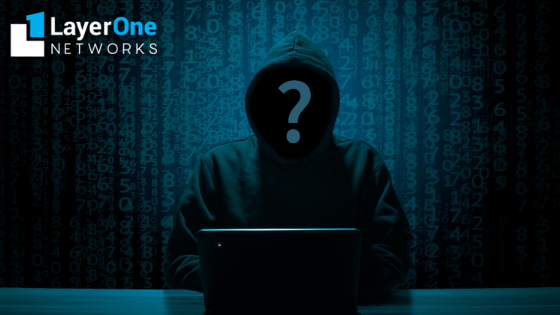
Businesses are increasingly awakening up to the insider attacks that pose a risk to the business and data security. Hacking and virus attacks are some of the mysterious threats that remain to be the biggest problems even to cloud computing security challenges. Most of us think cybersecurity attacks to be originating from external sources. But we are wrong inside attacks are more frequent than we realize.
In reality, email related cyber-attacks are increasing year after year. During the current COVID-19 pandemic. United Nations has reported a 600% increase in malicious emails. It has been observed that employees who work from home are more vulnerable to cyber-attacks as specific security controls implemented in the workplace are not possible at the individual computer level.
There is a need to upgrade data security efforts to prevent crises on digital devices and networks that have become extremely more vital to companies in current times. However, every business can mitigate the risk by taking up countermeasures against insider attacks which include detection, prevention, and recovery.
Now you must be thinking how do you detect insider threats?
So let’s get started.
In this content piece, we try to analyze insider threats, how to prevent insider attacks, and how to protect your business from them?
Type of Threats You Are Up Against?
Insider threats cover wide-ranging activities and can come from anyone in your company/organization.
An insider cyber-attack that occurs due to an internal source like an employee can be categorized into two types:
- Malicious: When an insider intentionally compromises or steals data from the company for which they work for it is known as a malicious insider attack.
- Accidental: On the other hand, an accidental attack is that in which an insider unintentionally causes harm by being casual or careless with the company’s cyber practices.
Traditionally there are 4 different types of insider attacks and they are:
Unconscious/ Oblivious Insider: Insiders who have significant access to company information that has been compromised from outside. As the system is examined from outside, these workforces are usually Oblivious to the act.
Negligent Insider: Insiders who are usually uneducated on the subject of potential security threats. Or who to meet workplace efficiency bypass protocol are a negligent insider. Such employees are the most susceptible to social engineering.
Professional Insider: Insiders who build their career by exploiting company network weaknesses and selling that information on the dark web are called professional insiders.
Malicious Insider: Insiders that steal data purposely or harms company network e.g. an employee who deletes the company’s data on his/her last day of work.
Now let’s glance at how to prevent internal security threats?
-
Train your staff at regular intervals
Even if you spend a huge amount behind security technology for your organization you cannot lessen the risk of human errors and blunders. A human being is still considered as the weakest bond in the cybersecurity chain. Hence there arises a need to provide your employees with proper training at regular intervals.
New joiners and permanent staff should be trained enough to identify the difference between strong and weak passwords, and provide assistance about identifying phishing emails and using personal devices in the office.
-
Keep a close watch on employee accounts and privileges
Insider threat prevention can be boosted by managing your staff accounts and privileges. When you keep a close watch, it will allow you to limit the amount of data available to employees who may be planning to carry out a malicious attack against your business.
Apart from this even if cybercriminals manage to gain access to an employee’s account they won’t have required permissions to access all areas of the business network.
One should not fail to include subcontractors, staff working remotely, and third-party vendors in the administration policies. It is also required that user privileges are timely reviewed and revoked as and when an employee leaves the organization.
-
Deploy proactive network checking
One should keep a close eye on their cloud environments, on-premises, and understand the typical functioning model and deviations if any. Organizations/businesses can increase awareness with this approach. An employee connecting from an unknown location to your business network for hours can be a sign of compromise. 24/7 network monitoring can help to quickly identify such events and whether they need a reply or not can be judged.
-
Document policy for personal devices
Today work from home has become very common practice and employees use their devices and data to access company networks. This can be a serious botheration for businesses although convenient for employees. Data security of an organization can be on the stake with unsecured devices that are connected to an organization’s network.
It becomes a need that all personal devices used should have endpoint security software installed and the networks should be segregated to control some of the risks. Although all the advantages and disadvantages of permitting staff to use their personal devices for business should be weighed.
-
Recycle your old hardware and document it correctly
Ensure that no data is remaining or can be recovered before you discard or recycle a disk. Older IT devices and hard disks that contain vital data should be physically destroyed. You can employ an experienced IT engineer to do the same.
Final Words:
Finally, keep on changing your passwords from time-to-time to control insider threat prevention. Remember a business whether small or large can suffer from insider attack. It has become a need of the hour for companies to invest in correct tools and required expertise to safeguard their company’s data security.
Layer One Networks can be your best data security service partner and your system will remain safe with us.
Connect with us for more. Call us on 361.653.6800.
Happy Surfing!!

